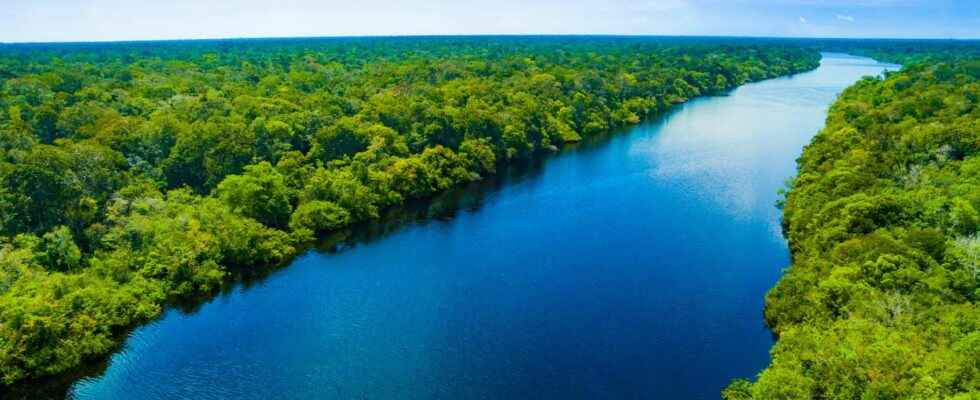You will also be interested
[EN VIDÉO] The Amazon rainforest is being consumed at an unprecedented rate Fires in the Brazilian Amazon are up 34% from last year. They are caused by drought and deforestation and have dramatic consequences.
Last January, figures from the National Institute for Space Research of Brazil (Inpe) alerted us once again. The Brazilian Amazon had just lost 430 square kilometers of forest in that month alone. To get an idea, know that this represents about four times the surface of the city of Paris. But above all, it’s no less than… five times more than in January of last year. Even though the government recently promised to controlling deforestation in the Amazon.
Remember that the Amazonian forest is the largest forest tropical in the world. On its own, it even accounts for more than half of the tropical forests. It houses a biodiversity invaluable. While playing a major role in the Earth’s climate system. By its influence on the precipitation of an entire continent and by the colossal quantities of carbon that she stores.
Today a international team of researchers publish — as part of the project Tipping Points in the Earth System (TiPES), a project dedicated to studying tipping points — a study that concludes that, since the early 2000s, more than three-quarters of the Amazon rainforest has lost its resilience. Understand, their ability to recover from any disturbance. Whether it is a deforestation operation, a storm or a Forest fire.
Here is an animation of the AR(1) values, calculated on a moving window, changing over time (higher/darker means less resilience) pic.twitter.com/eyQoBDpDvI
— Chris A. Boulton (@caboulton) March 7, 2022
Global warming and deforestation
This result, the researchers draw it not from forecasts of climate models, but from an in-depth statistical analysis of 30 years of satellite data from the region. The researchers worked in particular on what they call the optical thickness of the vegetation — or VOC for vegetation optical depth — which gives them a pretty good idea of the amount of biomass and water content in the plants. An indicator that betrays the efficiency with which the vegetation recovers from a disturbance. And they thus observed more pronounced losses of resilience in the driest areas. But also in regions located within a radius of some 200 kilometers of human settlements.
The study reveals that this loss of resilience brings the Amazon rainforest closer to its tipping point. The point at which the ecosystem would undergo an abrupt change. She notes what the researchers call a critical slowdown in ecosystem dynamics. A slowdown still observed in the data characterizing the biomass and the greenness of the forest. A slowdown that signals a weakening of the restoring forces capable of bringing the forest back to its equilibrium after disturbances.
Under the battering of global warming and deforestation, the#Amazon “tipping point” that could turn the world’s largest rainforest into a savannah is approaching faster than expected, researchers warn in the journal Nature Climate Change #AFPpic.twitter.com/7hTPv64ifW
– Agence France-Presse (@afpfr) March 7, 2022
If the entire forest — or even a few regions — were to topple over, it would transform into a much drier, savannah-like habitat. And if the researchers remain unable to predict when this changeover could occur, they nevertheless believe that the point of no return has probably not yet been crossed. That it is therefore always possible to avoid the worst.
How? ‘Or’ What ? By acting on the areas that this work identifies as the most threatened. The driest areas and the areas most marked by human presence. Since climate models show that warming will dry out the region, there is also an urgent need to limit our emissions of greenhouse gas to contain this climate change. And since our footprint hurts the Amazonian forest, it seems just as essential to drastically reduce logging in the region.
Interested in what you just read?
